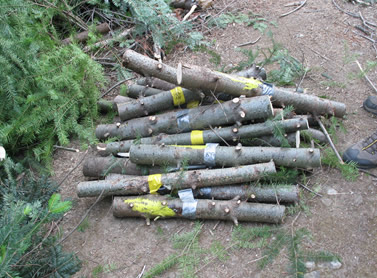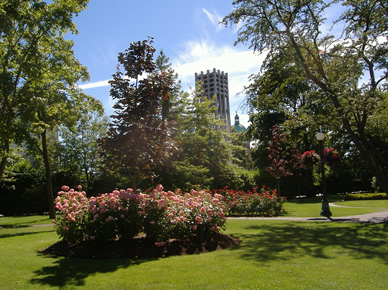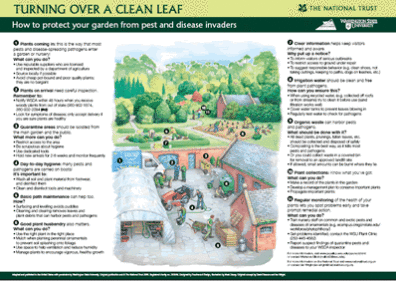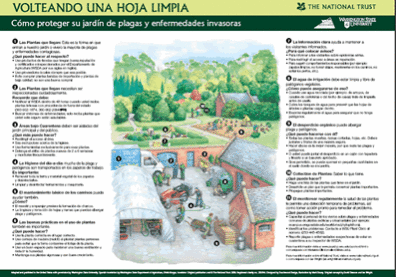Regulations
gary.maguire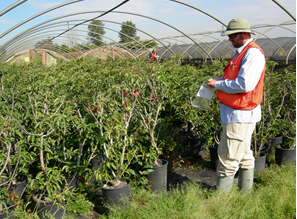
Regulations
Federal regulations for Phytophthora ramorum are developed by the United States Department of Agriculture – Animal and Plant Health Inspection Service.
Distribution
The entire states of California, Oregon, and Washington are regulated to limit the spread of P. ramorum from nurseries. Each state has their own set of regulations.
The entire state of California and one county in Oregon (Curry) are under quarantine.
Click here to see map of quarantine and regulated areas.
Important Updates
3/31/14
APHIS Revises Phytophthora ramorum Domestic Quarantine Regulatory Requirements for Certain Host Nurseries –
As of March 31, 2014, APHIS will no longer impose P. ramorum regulatory requirements for the interstate movement of host nursery stock from certain nurseries located in the regulated areas of California, Oregon, and Washington. Nurseries that have not had P. ramorum detected in annual surveys since March 31, 2011 will not be required to be inspected and certified in order to ship regulated and associated host plants interstate. Also, nurseries located in regulated areas that do not contain, and that do not ship nursery stock listed as proven host taxa or as associated plant taxa are no longer required to comply with 7CFR 301.92. APHIS will, however, continue to regulate all interstate shipping nurseries located inquarantine areas of California and Oregon, including those that contain only non-host nursery stock.
Resources
State
- Washington State Department of Agriculture (WSDA)
- California Department of Food and Agriculture (CDFA)
- Oregon Department of Agriculture (ODA)
Federal
- USDA-APHIS Plant Pest and Disease Programs
- Phytophthora ramorum (Webpage)
- Regulations
- Federal Regulations, 7 CFR 301.92 – 301.92-12 (Webpage)
- Federal Orders (Webpage)
- Management
- Regulations
- Phytophthora ramorum (Webpage)

